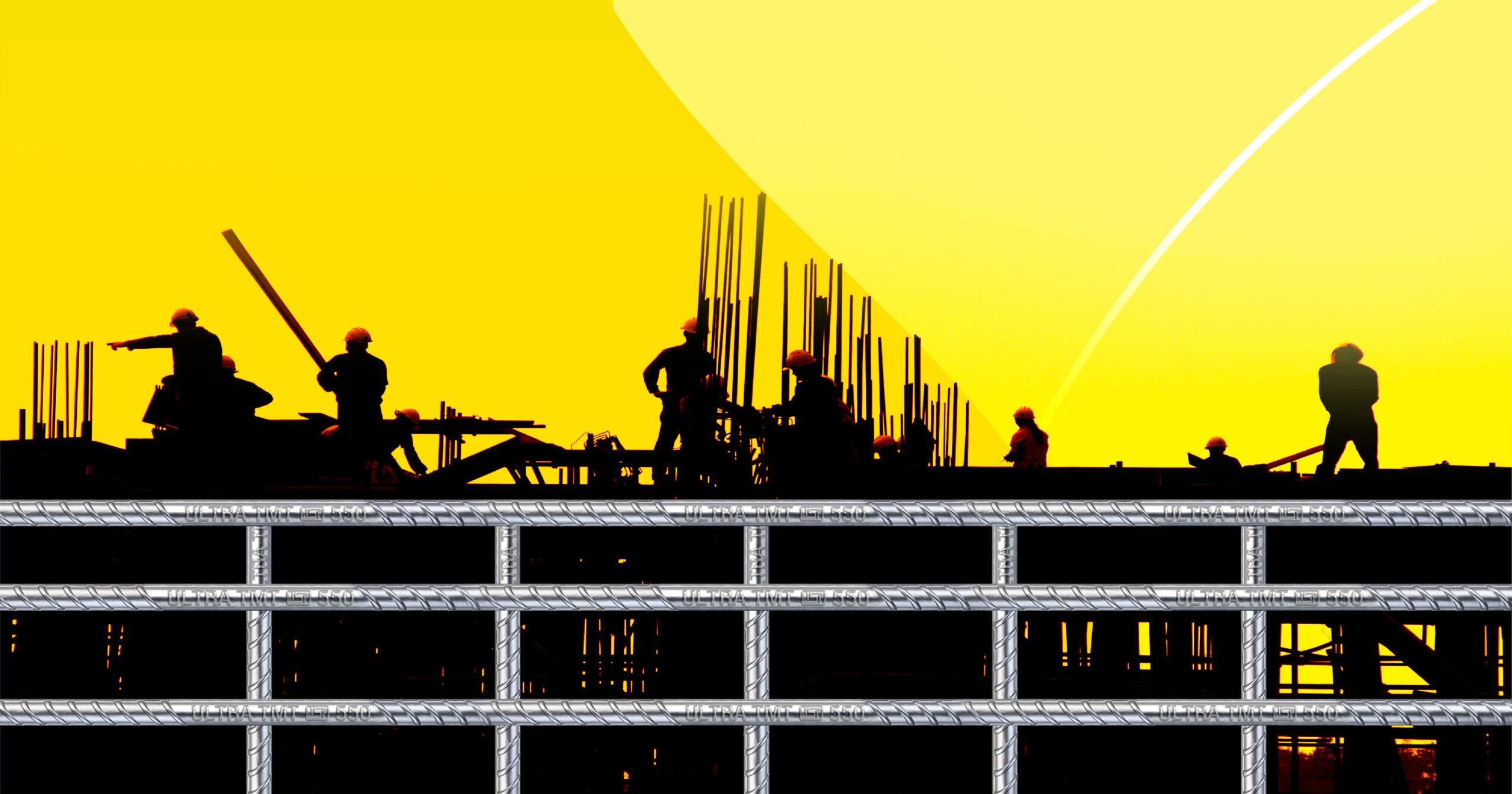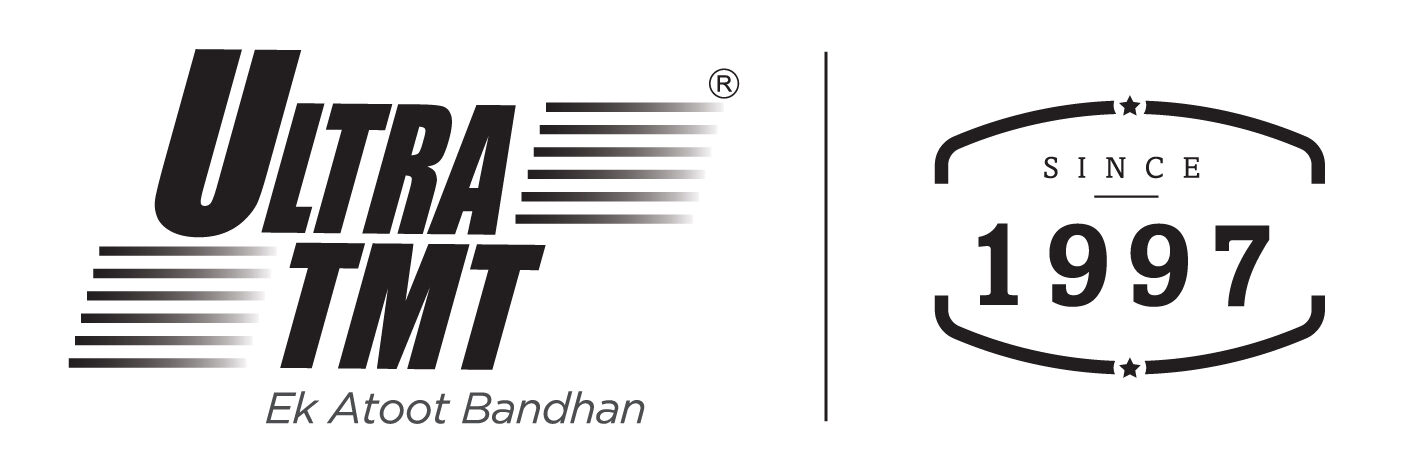

How TMT Steel Bars Prices Impact Small-Scale Construction Businesses and Contractors
The prices of TMT steel bars has a significant impact on the small-scale construction businesses and contractors. TMT steel bars are commonly used in construction because of their toughness and durability, making them an essential material in construction projects. Constant fluctuations in TMT steel bars prices can impact these businesses in different ways.
TMT Steel Bar Prices Directly Raise Material Costs
TMT steel bars are a significant component in construction projects, particularly reinforced concrete structures. An increase in TMT steel bars prices directly results in the rise of material costs for construction businesses. More often than not, small-scale contractors work with shoestring budgets, and fluctuations in material costs can negatively impact their financial resources.
TMT Steel Bars Profit Margins Can Shrink
When there is a rise in TMT steel bars prices, contractors and small-scale construction businesses are likely to find it a problem to adjust their project estimates and contracts accordingly. The profit margins can shrink if they cannot pass on the increased costs to clients, affecting the business’s financial health.
Increase Of TMT Steel Bars Prices Results In Competitive Rates Small-scale TMT steel bars manufacturers are more likely to compete for projects based on their pricing. If TMT steel bars prices shoot up, the chances of the businesses struggling to offer competitive rates compared to bigger competitors are higher. This further impacts their opportunity to secure contracts and grow their client base.
Fluctuations In TMT Steel Bar Prices Can Create Cash Flow Challenges
Fluctuations in TMT steel bars prices can create cash flow challenges for small-scale construction businesses. The initial investment would increase with more up-front investment for purchase of materials at higher prices. However, if there is a delay in their project payments, the result could be cash flow gaps that will likely hamper day-to-day operations.
To mitigate the impact of TMT steel price fluctuations, small-scale construction businesses must consider strategies like:
- Flexible contracts
- Monitoring market trends
- Risk management
- Efficiency improvements
Conclusion:
In the end, the impact of TMT steel bars price changes on small-scale construction businesses depends on multiple factors, like the ability to adapt to changing market conditions and the overall financial capacity of the company.
Visit our Ultra TMT Website for more information, and follow us on Facebook and Instagram to stay up-to-date with the latest from Ultra TMT steel bars.
FAQ
The difference between a TMT bar and a normal bar is the composition and strength. TMT (Thermo-Mechanically Treated) bars are manufactured by subjecting them to a combination of heat treatment and mechanical processes, which enhances their strength and ductility. This process involves quenching the bars in water after they are heated to a high temperature, followed by self-tempering. As a result, TMT bars exhibit superior tensile strength, elongation, and corrosion resistance compared to normal bars. Additionally, TMT bars have a soft ferrite-pearlite core and a tough outer martensitic layer, which contributes to their improved seismic resistance and structural integrity. In contrast, normal bars do not undergo such specialized treatment and have relatively lower strength and durability. Hence, in construction projects which require high quality reinforcement, TMT bars are widely preferred for their superior mechanical properties and ability to withstand seismic forces.
Several factors need to be considered while identifying the best TMT bars. Firstly, it is crucial to assess the brand reputation and credibility of the manufacturer. Look for renowned brands that have a proven track record of delivering high-quality TMT bars. Secondly, consider the grade and certification of the bars. Look for bars that comply with national and international standards, such as IS 1786:2008 for India or ASTM A615/A615M for the United States. Thirdly, evaluate the manufacturing process. The best TMT bars are produced using advanced technology and adhere to strict quality control measures, ensuring uniformity and consistency. Additionally, check for features like rib patterns, which enhance the bond strength with concrete. Lastly, consider factors such as corrosion resistance, elongation, and yield strength, as they determine the overall durability and performance of the TMT bars. By carefully considering these factors, you can identify the best TMT bars that meet your specific construction requirements.
TMT bars, or Thermo-Mechanically Treated bars, have a wide range of uses in the construction industry. They are primarily used for reinforcing concrete structures to provide strength and durability. TMT bars are commonly used in the construction of buildings, bridges, dams, flyovers, and other infrastructure projects. Due to their high tensile strength, they effectively withstand heavy loads and seismic forces, making them ideal for earthquake-prone areas. TMT bars are also corrosion-resistant, ensuring the longevity of structures even in harsh environmental conditions. Moreover, their superior bond strength with concrete enhances the structural integrity and stability of buildings. TMT bars are available in various sizes and grades, making them versatile for different types of construction applications. Overall, TMT bars are essential components in the construction industry, providing the necessary reinforcement to ensure safe and resilient structures.
